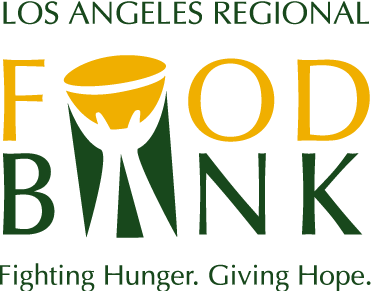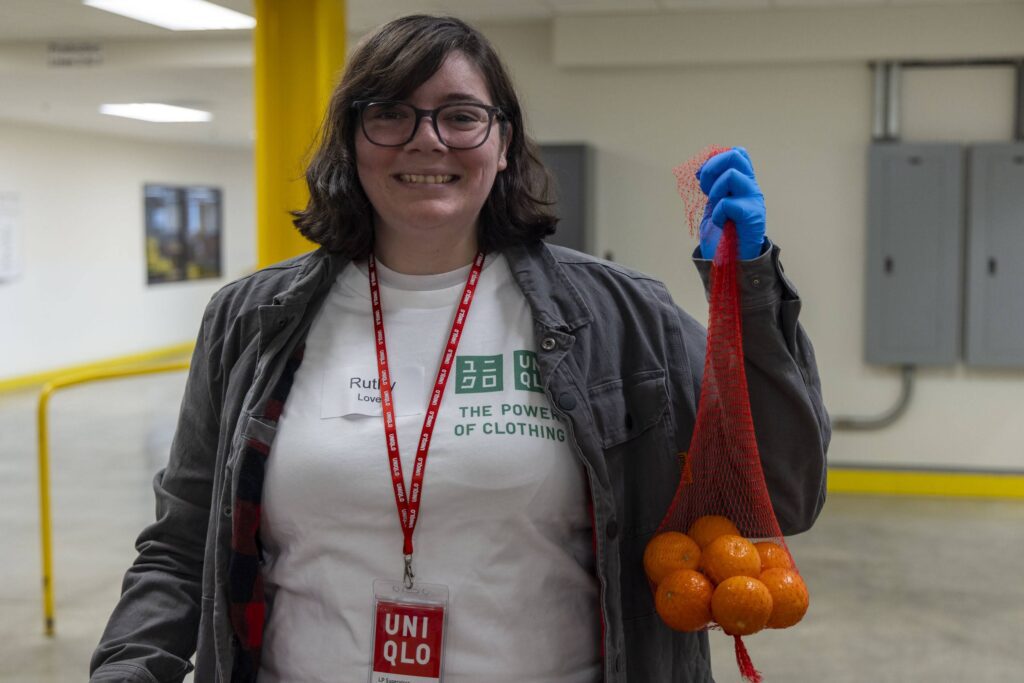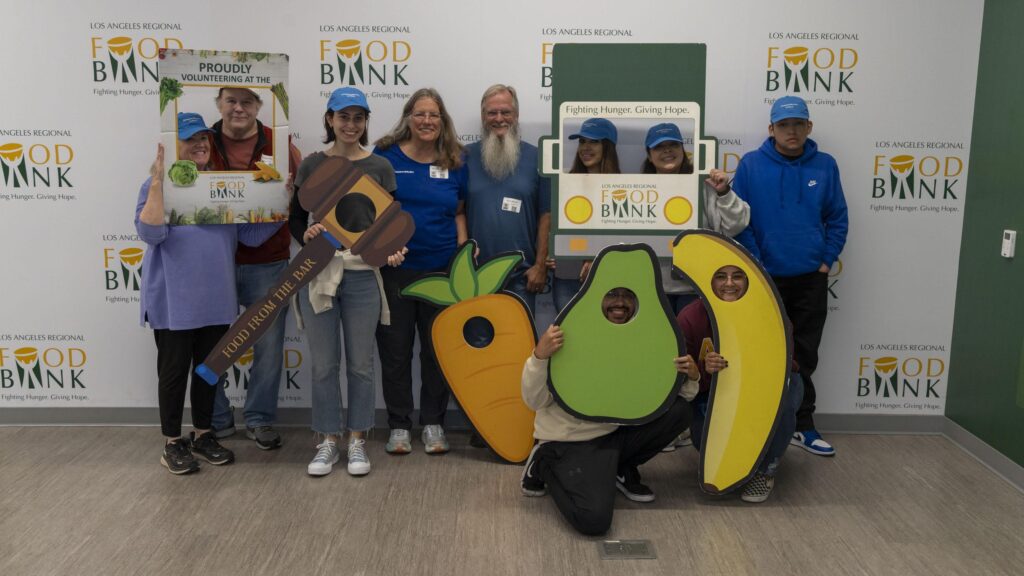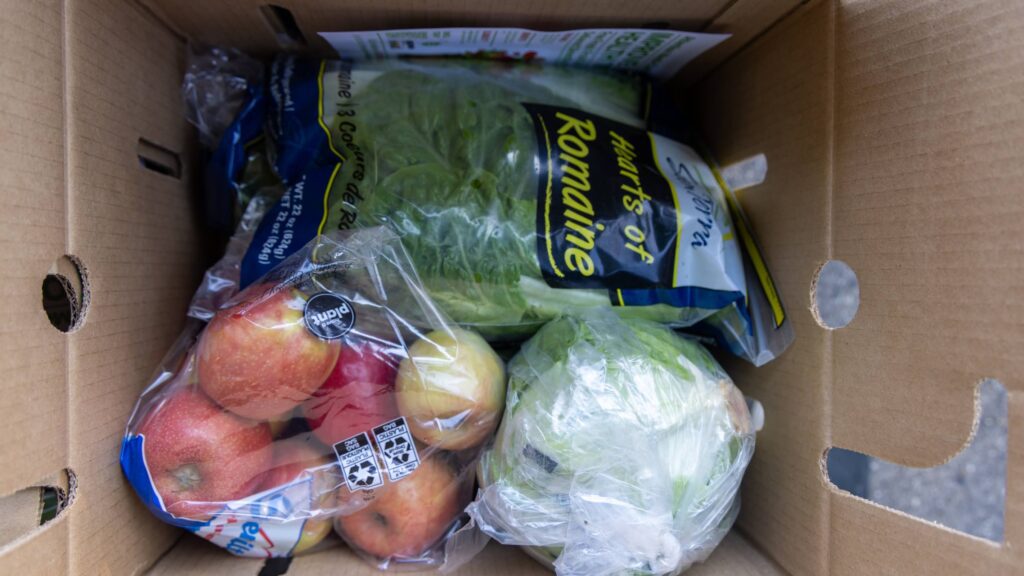Executive Summary: How Hungry Is California
Executive Summary: How Hungry Is California
A startling paradox persists in a state renowned for its bountiful agricultural output: while California boasts a significant share of the nation’s fresh produce, many residents struggle with hunger. Despite contributing nearly half of America’s fruits and vegetables, one in five Californians experiences food insecurity – a situation marked by limited or uncertain access to sufficient nourishment. This pressing concern has been further exacerbated by the COVID-19 pandemic, which spotlighted the extent of hunger across the state.
Article Facts
- According to this article, 31% of the people living in LA County are food-insecure.
- Despite producing nearly 50% of the nation’s fruits and vegetables, 1 in 5 Californians experience food insecurity, indicating limited or uncertain access to adequate food.
- Food-insecure children face developmental delays and language learning difficulties, with increased risks of sickness, slower recovery, and more frequent hospitalization.
- Food-insecure adults exhibit higher rates of obesity, chronic illness, anxiety, and depression.
- After the COVID-19 pandemic, food prices surged by 4.5%, leading to heightened food insecurity.
- Emergency allotments for CalFresh recipients ended in March, decreasing benefits for 5.3 million Californians by nearly $500 million monthly.
- During the pandemic, 20% of Californians were food insecure, a number expected to rise substantially in the current year.
- The participation rate in food benefits is a little over 70%, leaving valuable federal funds untapped that could alleviate hunger and stimulate the state’s economy.
- California’s county-based system for administering food benefits contributes to uneven enrollment, with significant variations in participation rates across counties.
- Extensive outreach efforts to increase CalFresh applications for college students yielded only a 21% rise in CalFresh households due to complex eligibility rules.
Although CalFresh participation reached over 3 million households (more than 5.3 million people) during the pandemic, the spike in need persisted even as the pandemic receded.
Millions struggle to eat well in an abundant state
Food insecurity takes various forms, affecting families in distinct ways. Some endure consuming lower-quality sustenance, while others eat less than they should. The repercussions are profound, stretching beyond the immediate discomfort of an empty stomach. The research underscores the far-reaching impact of food insecurity on physical and mental health, particularly for children who may grapple with developmental delays, sickness, and learning difficulties. Adults, too, face heightened rates of obesity, chronic illness, anxiety, and depression.
The pandemic precipitated an alarming surge in food prices, and while federal food aid provided temporary relief, its cessation has created a looming crisis. The abrupt end of emergency allotments to recipients of CalFresh – California’s food stamp program – has placed many households at risk. Despite valiant efforts to expand aid eligibility, experts warn that the percentage of food-insecure Californians could surpass 20% in the current year.
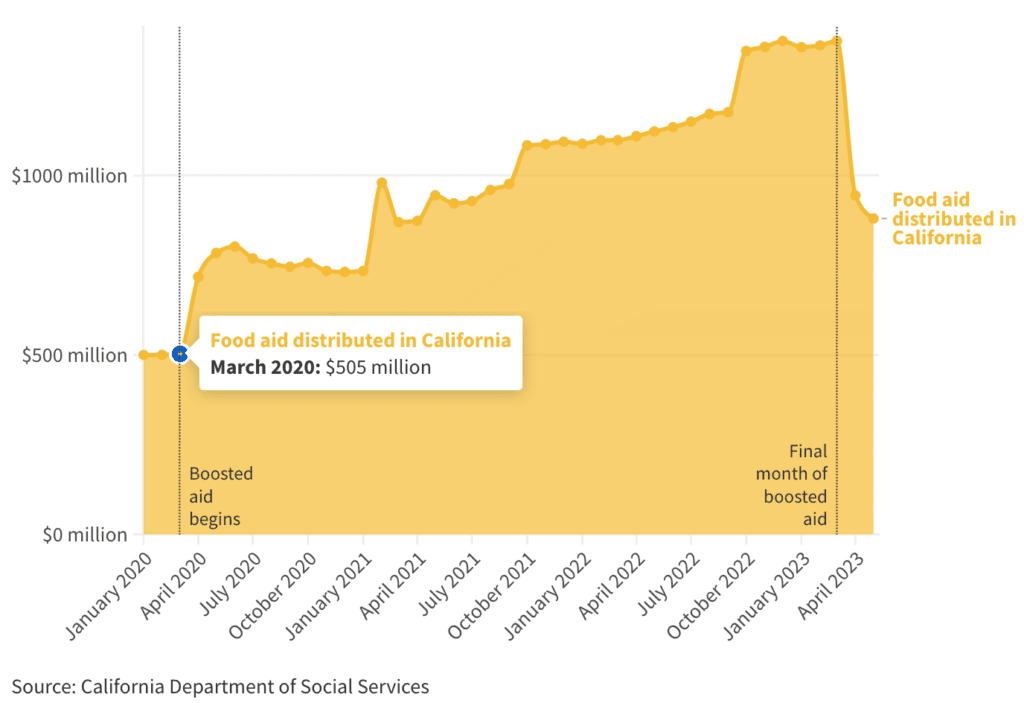 The issue extends beyond hunger alone; it encompasses many challenges in assisting those in need. Geographic, linguistic, and ethnic diversity contributes to the difficulty of reaching impoverished communities. While programs like CalFresh aim to alleviate the situation, administrative complexities, restrictive eligibility criteria, and county-based distribution systems hinder effective aid delivery. Advocates stress the importance of increasing support for eligible individuals, simplifying application processes, and ensuring access to nutritious food.
The issue extends beyond hunger alone; it encompasses many challenges in assisting those in need. Geographic, linguistic, and ethnic diversity contributes to the difficulty of reaching impoverished communities. While programs like CalFresh aim to alleviate the situation, administrative complexities, restrictive eligibility criteria, and county-based distribution systems hinder effective aid delivery. Advocates stress the importance of increasing support for eligible individuals, simplifying application processes, and ensuring access to nutritious food.
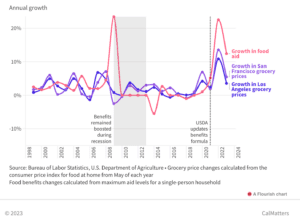 Amid this backdrop, California is actively exploring multifaceted strategies to tackle hunger. A pilot initiative seeks to bolster the minimum monthly CalFresh benefit, potentially elevating it from $23 to $50 per household. Innovative programs, such as the California Nutrition Incentive Program, provide matching funds for fresh produce purchases at farmers’ markets, promoting healthier eating habits among recipients. Lawmakers are also working to enable CalFresh beneficiaries to purchase hot and prepared foods, providing greater flexibility in meeting dietary needs.
Amid this backdrop, California is actively exploring multifaceted strategies to tackle hunger. A pilot initiative seeks to bolster the minimum monthly CalFresh benefit, potentially elevating it from $23 to $50 per household. Innovative programs, such as the California Nutrition Incentive Program, provide matching funds for fresh produce purchases at farmers’ markets, promoting healthier eating habits among recipients. Lawmakers are also working to enable CalFresh beneficiaries to purchase hot and prepared foods, providing greater flexibility in meeting dietary needs.
While formidable obstacles persist in the fight against hunger, there is hope for a future where nourishment is accessible to all. Policymakers strive to overcome scale, funding, and inclusivity challenges to expand and enhance food aid programs. As the state navigates economic fluctuations, the pursuit of research-driven solutions holds the promise of ultimately eradicating hunger and nourishing the well-being of all Californians. Your support can play a pivotal role in transforming this vision into reality.
Read the full story: https://calmatters.org/explainers/california-hunger-crisis/

